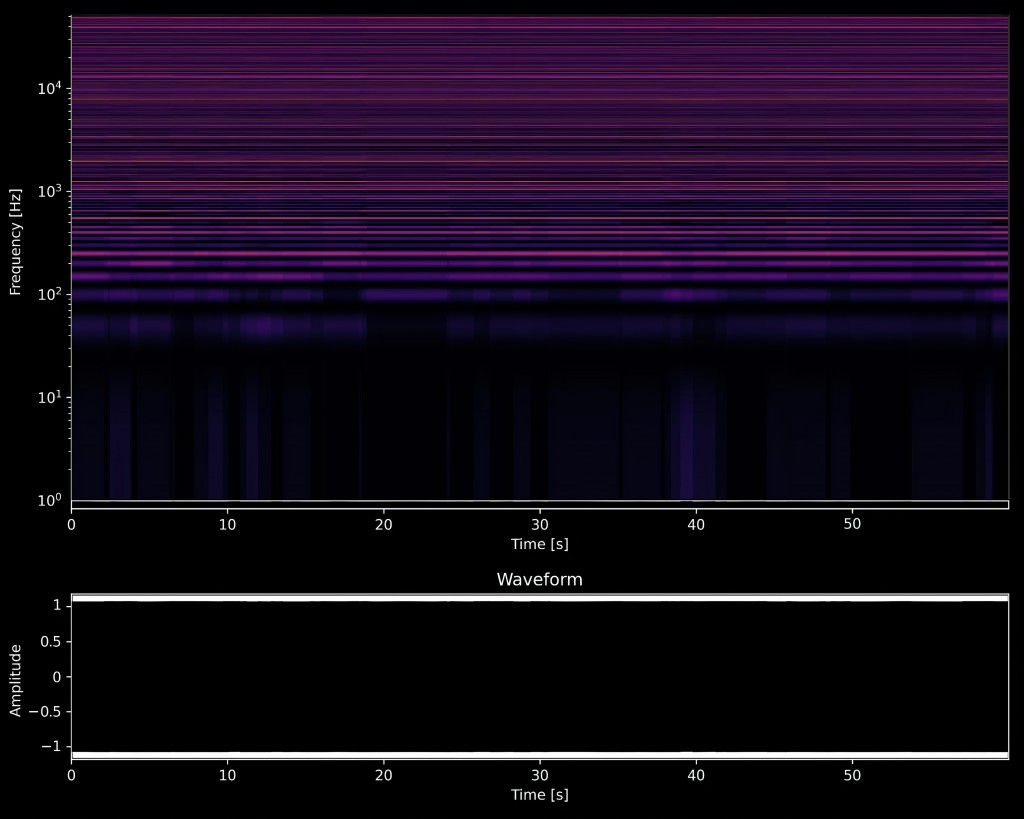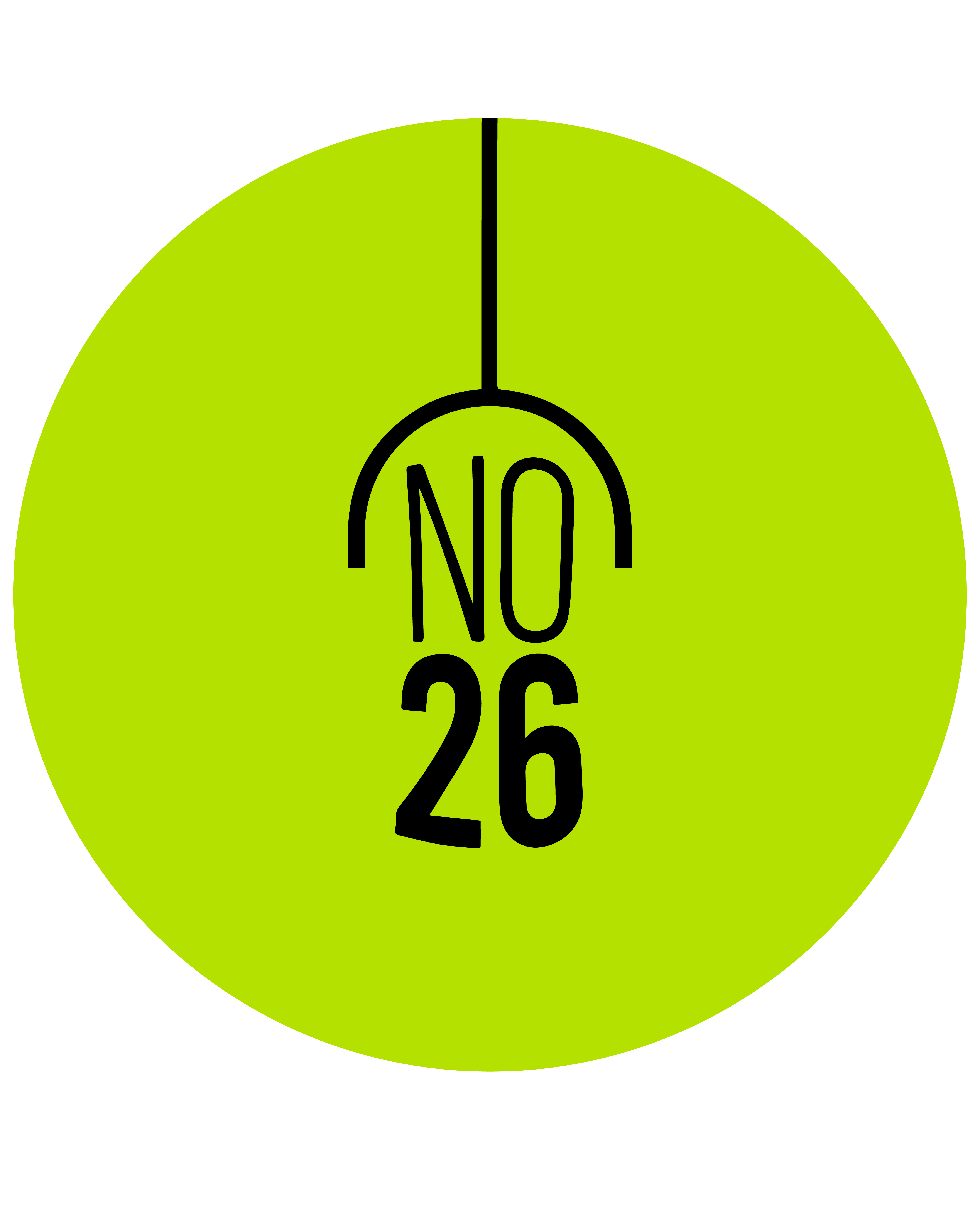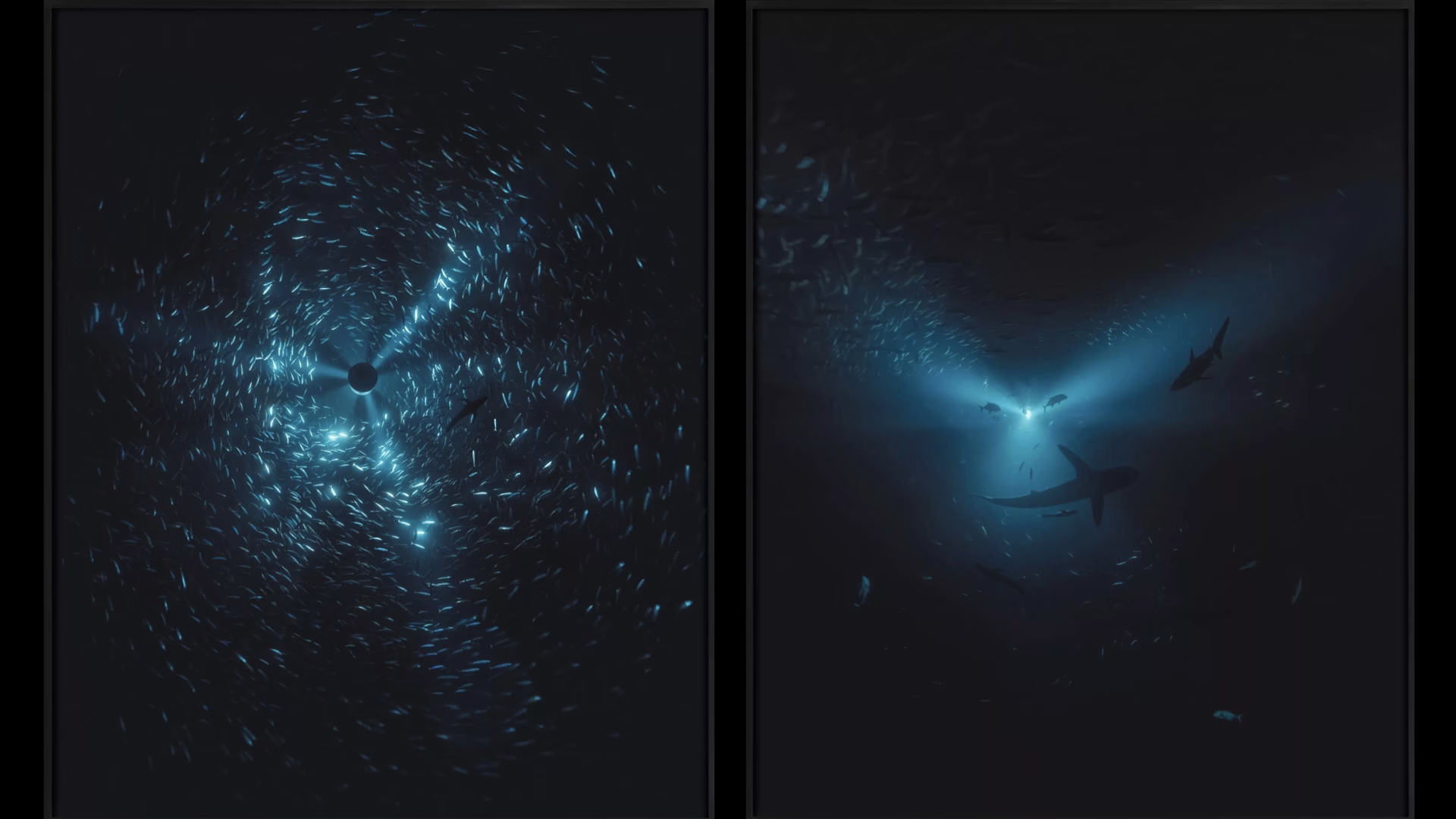Berlin-based gallery Dittrich & Schlechtriem presents Black Smoker, the sixth solo exhibition by Swiss-French artist Julian Charrière, on view until 10 January 2026. The show extends the artist’s long-standing investigation into “planetary thresholds,” this time plunging into the darkest layers of the ocean and transforming the gallery space into an intense, shadowy chamber that reverberates with sounds rising from the planet’s hidden heart cavities.
Toward the Oceanic Abyss: Standing at a Sensory Threshold
Charrière’s practice has long been grounded in field research conducted in geographies that carry both ecological and symbolic weight—glaciers, volcanic zones, nuclear test sites, and deep-sea ecosystems. He examines how human activity is inscribed onto the planet’s surface and texture, slowly reshaping its atmospheres and possible futures.
In Black Smoker, the viewer is invited on an auditory dive into the ocean’s “abyssal zones”—worlds that lie beyond most comprehension and visual imagination, almost entirely swallowed by darkness. The gallery becomes a sound dome carrying the rumble of submarine volcanoes, the hiss of hydrothermal vents, the roar of collapsing slopes, and the vibrations of magma rising from the depths.
Some frequencies cannot be heard—they can only be felt in the body; sound is written not into the ears but into bones and skin. Thus the viewer steps out of the conventional “art-looking” position and becomes a witness who tests the planet’s rhythm within their own body.


Spiral Economy: A Slash Across the Illusion of Endless Consumption
In the second gallery room, Charrière presents a wall-mounted version of Spiral Economy, a sculptural vending machine that departs from the very DNA of trade, money, and consumption. At first glance it resembles a snack dispenser, but its compartments hold spiral fossils; combined with an infinity mirror in the background, the work creates a disturbing visual tension between geological time and our consumer habits.
Here the ocean is repositioned—not as an inexhaustible raw-material reservoir, but as a fragile life reservoir swaying between extraction and extinction, its future uncertain. Spiral Economy forces the viewer to step out of the economy of “now” and look from the scale of geological time.
Midnight Zone: Looking at an Ecosystem Under Threat from Deep-Sea Mining
Black Smoker also features new motifs from Charrière’s photographic series Midnight Zone, based on his research in the Clarion-Clipperton Fracture Zone. These works document the ecosystem overlying a mineral-rich seabed targeted for deep-sea mining; they function as both testimony and elegy.
In these photographs, the light emerging from the darkness is not merely the aesthetics of bioluminescence—it is the fragile glow of a community in peril. Charrière’s gaze strikes a calm yet high-tension balance between scientific data and poetic imagery.

A Pause on Charrière’s Geological Timeline
Black Smoker follows directly on the heels of the artist’s widely acclaimed Midnight Zone exhibition at Museum Tinguely in Basel and serves as a prelude to his upcoming solo show opening in March 2026 at Kunstmuseum Wolfsburg. Works by Charrière will also be presented by the gallery at Art Cologne this year.
This new exhibition at Dittrich & Schlechtriem carries the artist’s decade-long practice—spanning melting glaciers, radioactive zones, volcanic terrains, and the deep sea, tracing the “fragile seams of the planet”—into a new dimension. Black Smoker does not merely ask the viewer to listen; it invites them to place their own body inside the vibration:
While hearing the planet’s pulse, we are actually hearing the sound of our own time—and our own responsibility.














